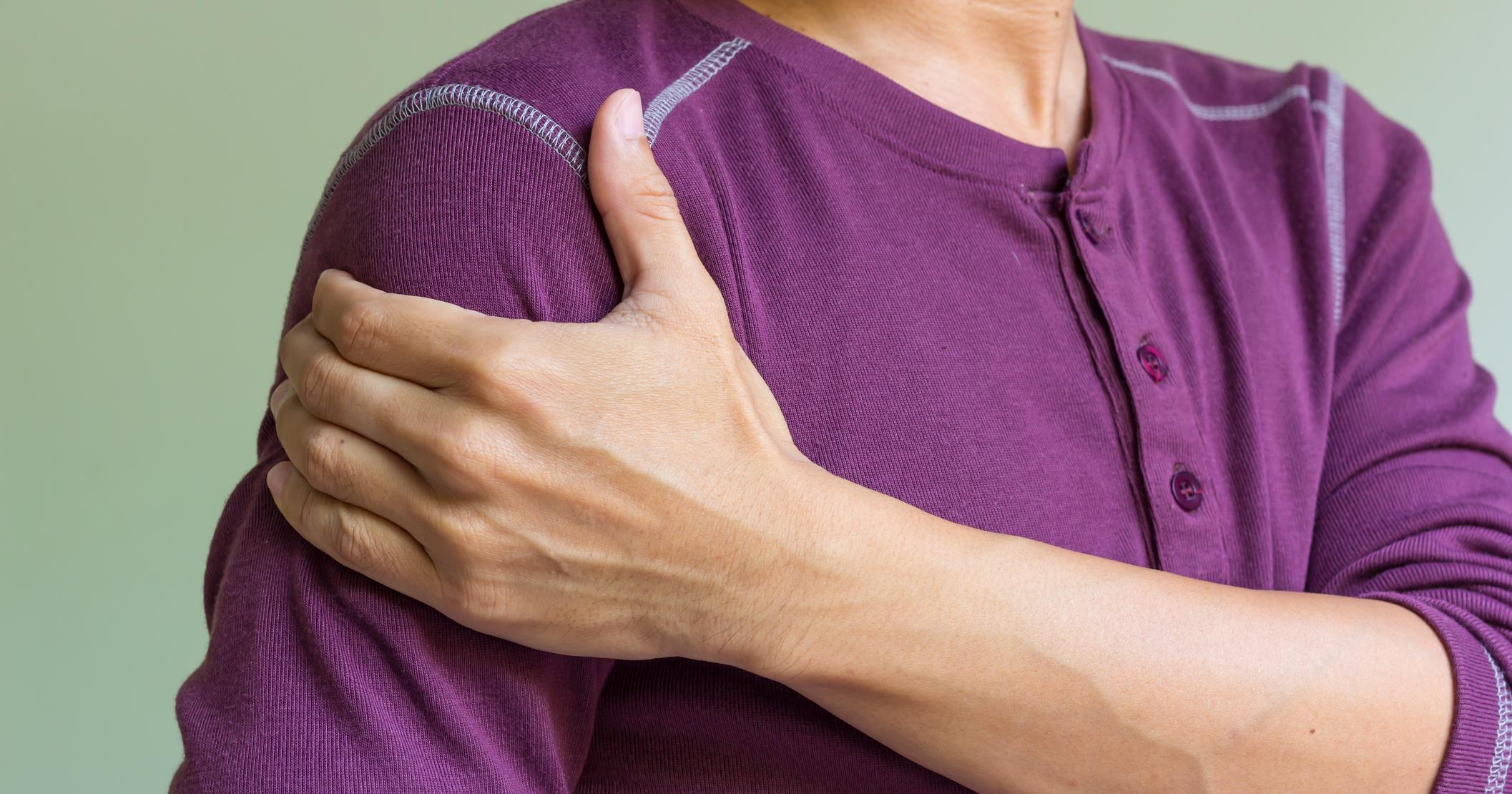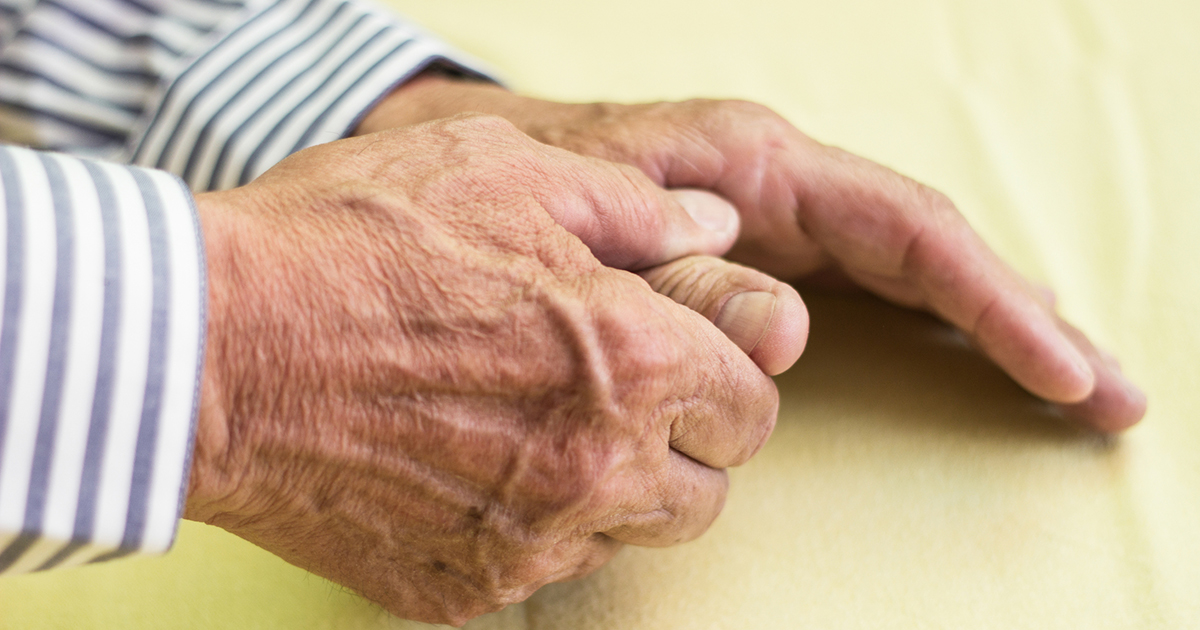Symptoms Of A Pancoast Tumor
A Pancoast tumor is a variation of lung cancer. The tumor starts at the top left or right lung and goes into the chest wall. Pancoast tumors are also known as superior sulcus tumors. Pancoast syndrome is the term used to describe the specific symptoms that accompany this type of lung cancer. Most Pancoast tumors are diagnosed at the stage in which surgery can be performed after radiation or chemotherapy. The prognosis for Pancoast tumors is also better than other forms of lung cancer. Here are some symptoms to look out for that could indicate the presence of a Pancoast tumor.
Tingling Sensation In The Hands

A tingling sensation in the hands is common in individuals with Pancoast tumors. The tingling is especially noticeable in the pinky and ring fingers. If the tingling is persistent and occurs even when the hands are not actively moving, this could be an indication of a Pancoast tumor. The tingling could turn into severe pain in the hands, which can make typing, eating or performing other normal tasks a challenge. Moving the fingers and stretching the hand may bring temporary comfort, but if this symptom continues to occur, it could be a signal Pancoast tumors have formed in the body.
Keep reading for more information on the symptoms of Pancoast tumors now.
Shoulder And Arm Pain

Shoulder and arm pain could be a sign of a Pancoast tumor, especially when tingling shoulder pain trickles down to the arms. The pain usually doesn't let up and is severe. The pain can also travel to the shoulder blade or armpit. Pain in these areas of the body can make everyday movement extremely difficult and in some cases, impossible. This pain could prevent some individuals from lifting objects or exercising, since the shooting pain can sometimes occur without warning. If using pain relief medication or heating or cooling pads doesn’t reduce the discomfort or only temporarily relieves pain, it’s best to see a doctor.
Get the details on more signs of a Pancoast tumor now.
Horner's Syndrome

Symptoms of Horner's syndrome include ptosis, or droopy eyelids, as well as hyphidrosis or anhidrosis, which describe excessive or lack of sweating on the face, usually on one side of the face, typically followed by flushing. Miosis, or a constricted eye pupil, is a sign of this syndrome as well. Individuals who suffer from these symptoms may find it is harder to see clearly and may notice excessive sweating at random times. Horner's syndrome symptoms are the result of nerve damage and disruption. Individuals should inform a doctor immediately if they're experiencing changes in perspiration or eyelid shape.
Reveal more symptoms of a Pancoast tumor now.
Muscle Weakness In The Hands

One of the most common signs individuals notice when they have a Pancoast tumor is weak muscles. The muscles tend to weaken in the hands particularly to indicate the Pancoast tumor is present. Muscle weakness in the hands makes it more difficult to complete common tasks. It may be harder to hold on to objects for long periods or to pick up objects. Tasks like eating, opening jars, and even driving can become increasingly impossible as the muscles in the hands weaken. The muscle weakness can also be accompanied by pain or tingling in the fingers and hands.
Uncover more warning signs of a Pancoast tumor now.
Upper Arm Swelling

Another serious symptom of Pancoast tumors is upper arm swelling, which comes from pressure on the subclavian vein, the vein that runs under the collarbone. When the top portion of an individual's arm swells and becomes larger than its normal size, it can be difficult to rest the arm. Some individuals experiencing upper arm swelling may also have trouble lifting their arms because of the severe inflammation. The swelling can also cause pressure in the chest and shoulders. Nerves in the top part of the chest or collarbone region can also be affected, since the vein underneath the collarbone is directly affected.
